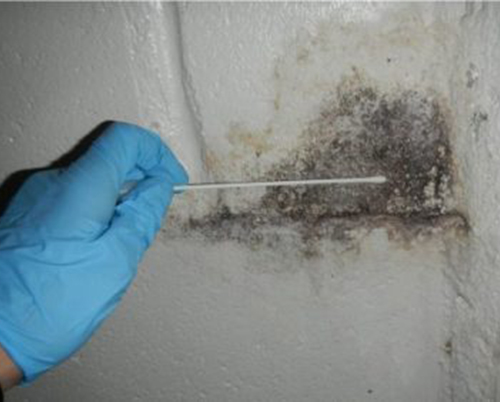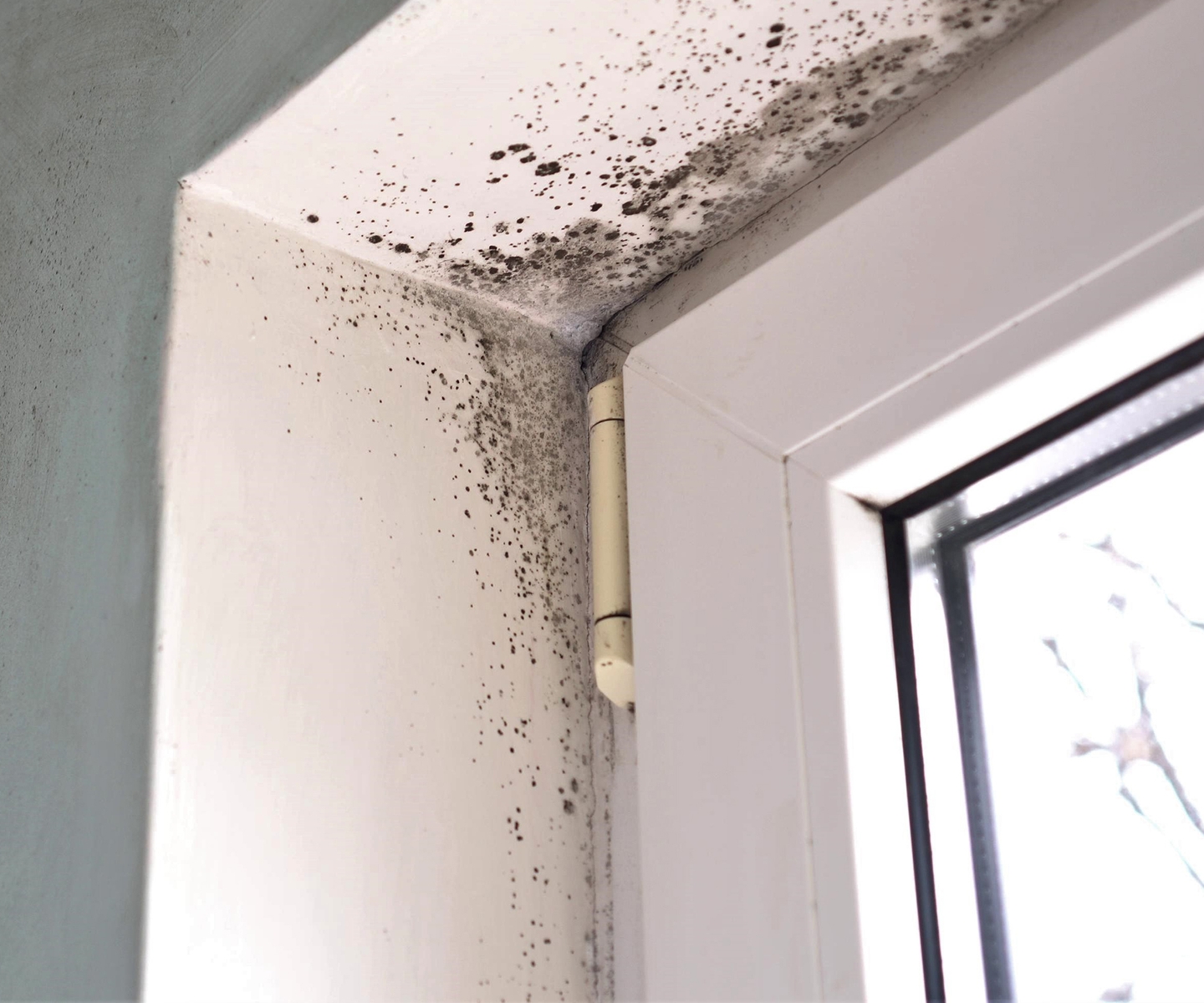Vital Steps After Mold Remediation
Vital Steps After Mold Remediation
Blog Article
Your Ultimate Overview to Blog Post Mold And Mildew Removal Methods
Navigating the realm of post-mold remediation techniques is a meticulous procedure that demands attention to information and a detailed understanding of the ins and outs included. In the consequences of mold problem, understanding how to efficiently get rid of the mold and prevent its reoccurrence is critical for maintaining a healthy indoor setting. From choosing the best cleansing and decontaminating approaches to applying methods for long-lasting mold and mildew prevention, each action in the removal journey plays a crucial role in making sure an effective end result. As we start this exploration of post-mold remediation techniques, we will certainly uncover the crucial approaches and finest practices that can help you restore your area to its pre-mold problem and safeguard it versus future mold risks.
Understanding Post-Mold Remediation Process
After finishing the mold removal procedure, it is important to comprehend the post-mold removal methods that are necessary to make sure a reliable and complete cleaning. Once the mold and mildew has actually been eliminated, the following action involves cleaning and decontaminating the affected areas to prevent any regrowth of mold.
Moreover, conducting a final assessment post-remediation is vital to ensure that all mold has actually been effectively eliminated. If the examination discloses any kind of lingering mold and mildew, extra removal might be essential.
Reliable Cleansing and Sanitizing Methods

Stopping Future Mold Development

Relevance of Appropriate Air Flow
Proper air flow plays a critical function in preventing dampness buildup, a vital aspect in mold development within indoor atmospheres. Efficient air flow systems help get rid of excess humidity from the air, decreasing the possibilities of mold spores finding the moisture they require to germinate and spread. Without ample ventilation, interior spaces can become a breeding place for mold and mildew, bring about possible health and wellness dangers and structural damage.
By making sure proper air circulation, air flow systems can also aid in drying damp locations a lot more rapidly after water damage or flooding incidents, better deterring mold growth. what to do after mold remediation. Precede like restrooms, attics, basements, and kitchens where moisture levels have a tendency to be greater, mounting and keeping reliable air flow systems is essential in stopping mold and mildew problems

Monitoring and Upkeep Tips
Offered the essential function that proper air flow plays in avoiding mold development, it is crucial to establish reliable tracking and maintenance ideas to guarantee the ongoing performance of ventilation systems. Normal evaluations of ventilation systems should be performed to check for any type of indicators of clogs, leaks, or breakdowns that might hamper appropriate air flow. Monitoring moisture levels within the home is also vital, as high humidity can add to mold right here and mildew growth. Mounting a hygrometer can help track humidity degrees and alert house owners to any spikes that may call for attention. Furthermore, ensuring that air filters are consistently cleaned up or changed is important for preserving the performance of the ventilation system. Carrying out a routine for routine upkeep jobs, such as duct cleaning and a/c system inspections, can help stop concerns prior to they escalate. By staying conscientious and proactive to the condition of ventilation systems, he said building proprietors can effectively reduce the danger of mold regrowth and preserve a healthy and balanced interior setting.
Conclusion
Finally, post-mold removal strategies are vital for making sure a clean and risk-free setting. Comprehending the process, implementing reliable cleaning and disinfecting approaches, stopping future mold growth, keeping proper air flow, and routine tracking are all important steps in the remediation process. By following these guidelines, you can effectively remove mold and avoid its return, working or promoting a healthy and balanced living room for all residents.
In the consequences of mold problem, recognizing exactly how to effectively eradicate the mold and mildew and prevent its reoccurrence is critical for keeping a healthy indoor setting. As soon as the mold has been removed, the following step entails cleaning and sanitizing the impacted locations to prevent any kind of regrowth of mold - testing air quality after mold remediation. After eliminating visible mold development, it is crucial to clean all surface areas in the affected area to eliminate any kind of staying mold and mildew spores. blog To even more enhance mold avoidance procedures, it is important to address underlying problems that at first led to mold advancement.Offered the critical duty that appropriate air flow plays in avoiding mold development, it is necessary to develop efficient tracking and upkeep tips to ensure the ongoing functionality of ventilation systems
Report this page